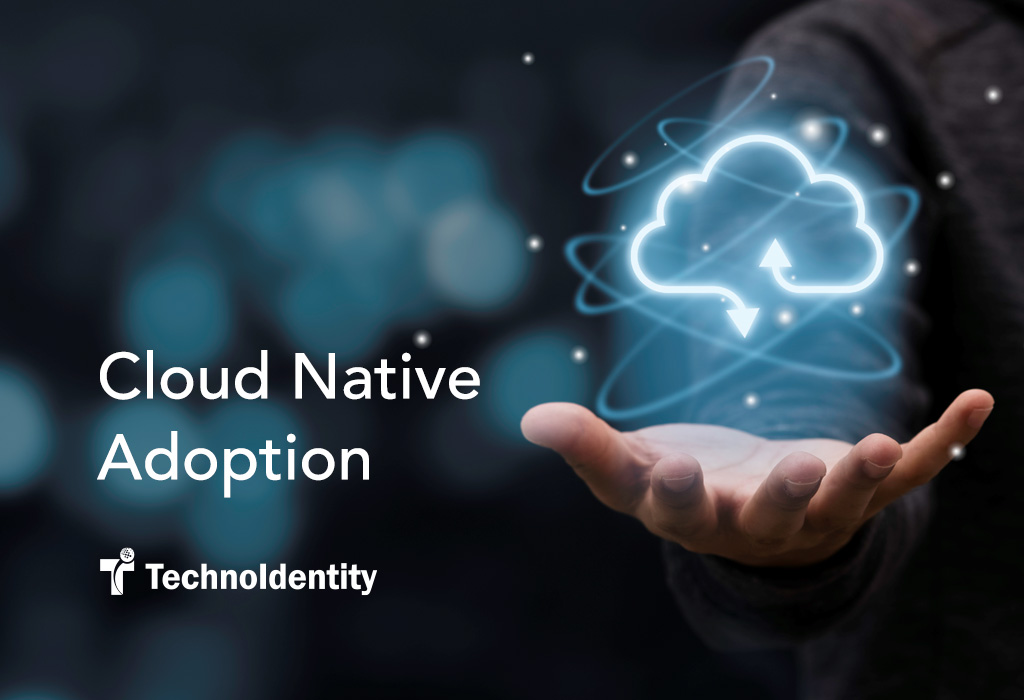
Introduction
The prominence of cloud native has been rising explosively ever since its inception. But, what exactly is cloud native? So, cloud native can be understood as an approach that builds applications as microservices and runs them on a containerized platform to utilize the benefits of the cloud computing model. At the same time, some developers believe that it is hyped and that it will gradually lose market traction. A lot of others believe that it’ll shape the future of software development. However, it is irrefutable that cloud native is currently one of the biggest trends in the software industry. It is already impacting critical processes like developing, deploying and operating software massively.
Building cloud native applications means developing software that is designed while keeping the pros and cons of the cloud in mind. This means that you are offered perks like continuous integration, continuous delivery, and the ability to outsource entire functionalities like databases to public cloud services. However, at the same time, you must make sure that the communication between cloud components remains reliable.
Top Cloud Native Trends to Watch in 2021
In the midst of rapid technological change, enterprises are already being pestered by several issues and big decisions as they embrace newer cloud technologies. Four essential cloud native trends that have emerged have been enumerated below:
- Management Usually Has a Clearer View of Cloud Native Than Developers
Going cloud native is not precisely just lifting and shifting the entire existing functionalities to the cloud infrastructure. It is a quite different way of building and maintaining applications. You might be assuming that the tech guys and developers would be much more acquainted with this reality than the executives. Numbers speak otherwise, though. Respondents in IT management roles were actually more likely to prioritize the creation of applications that leverage the cloud infrastructure than the developers.It can be concluded that while a plurality of respondents believes that writing such applications is essential to the success of cloud native, more organizations still prioritize the migration to cloud infrastructure over how the applications are built. Concisely, merely moving to the cloud is not enough.
- Microservices and Containers Significantly Influence Cloud Portability and Performance
First things first, what are microservices? Cloud native applications are a system of microservices. These multiple, relatively small applications work together to deliver the overall functionality of the system. Each microservice is designated with a single functionality and has a well-defined boundary and API. Microservices significantly speed up development, adapt the service to new requirements, and scale more efficiently.And what are containers? Well, the basic idea behind containers is to provide you with an executable combo of your software along with everything you need to execute it. The primary perk of this approach is that your application becomes independent of the environment and highly portable.
Those ahead of the curve on one revolutionary technology tend to be ahead on others as well. Likewise, numbers suggest that respondents that already utilize applications in Containers/ Kubernetes are the ones who are eyeing cloud native infrastructure more aggressively. The rise of IIoT and AI, combined with 5G, is helping transform Kubernetes into a preferred platform for running edge infrastructure.
- Enterprises Are Torn Between Configuration and Automation
Since the past few years, a vast range of novel frameworks, architectures, and cloud services have emerged, which relieves developers of arduous and time-consuming tasks like configuring, scaling and maintenance. For instance, database-as-a-service and backend-as-a-service from most cloud providers provide core application functionality as APIs, permitting the developers to outsource the creation and development of specific services that rely heavily on front-end frameworks or are JAMstack based.However, choosing one between outsourcing and maintaining control over the underlying layers of an application has proven to be a tough decision. A little more than the majority of the respondents said that they were embracing more abstraction and automation, versus those who expect that developers would still be responsible maintaining the underlying systems.
- Developers and Executives Don’t Always Prioritize the Same Things
One thread that remains in all of the above three findings is a disparity of views between what developers and managers prioritize, despite the common misconception amongst the respondents that business leaders understand the benefits of adopting the cloud infrastructure. The developers think of cloud computing more in terms of technologies like containers and Kubernetes. On the other hand, management thinks of cloud computing as an effective way to build and maintain applications. Similarly, as management tends to prefer outsourcing as much maintenance as possible, developers choose configuration over automation and prefer not to lose control over the layers of an application stack.Concisely, developers want the business leaders to stop considering cloud computing as a “silver bullet” and not put too much faith in it to address business problems. Meanwhile, executives emphasize the need for developers to focus more on security, compliance and the cost of cloud resources.
Conclusion
In today’s era of cut-throat competition, business success heavily depends on your organization’s ability to create digital services and software quicker and to deliver those services and software reliably at scale. However, simply “lifting and shifting” them to the cloud infrastructure won’t be enough. Migrating to cloud native applications might be a better approach. These applications are designed not only to leverage the cloud infrastructure optimally but also provide a scalable application layer that facilitates a holistic customer experience.


